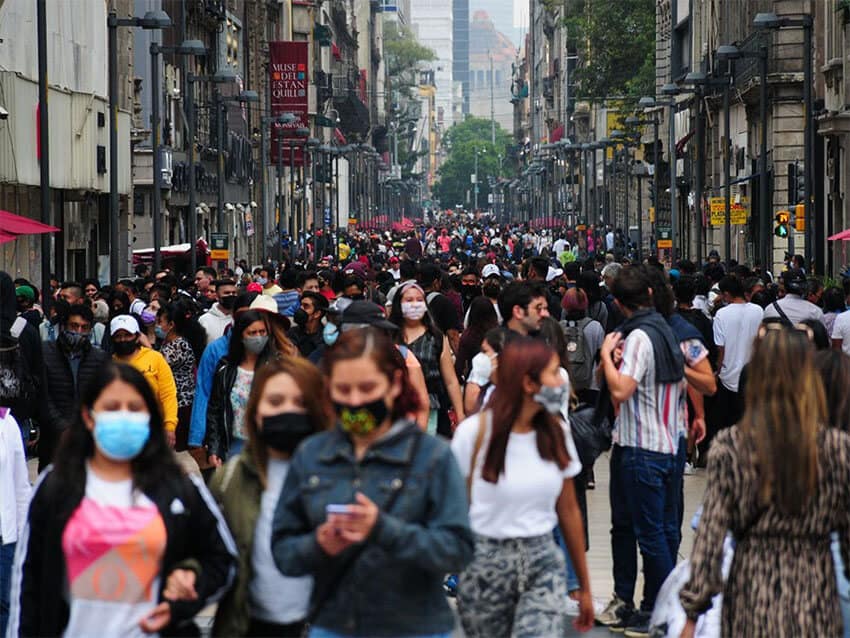The U.K. is hoping to conclude talks on joining a major Pacific trade bloc by the end of this year as London pursues new commercial opportunities around the world post-Brexit.
Anne-Marie Trevelyan, international trade secretary, told the Financial Times that the U.K. had already completed the first part of the accession to the 11-nation Comprehensive and Progressive Agreement for Trans-Pacific Partnership (CPTPP), a process she likened to “sitting exams”.
Trevelyan added that she was working through the rest of the negotiation. “It’s not unrealistic that we might get there by the end of the year,” she said.
“They’re very enthusiastic about our application and everyone’s working really hard to try and . . . plow through the complexity that is trade language and detail to get there. So I’m hopeful that by the end of the year we should see that crystallize.”
The CPTPP includes fast-growing Asian economies such as Malaysia and Vietnam along with established Pacific players such as Japan, Australia, Mexico and Canada. The U.K. opened talks last June and would be the first nation to accede since the bloc was launched in 2018.
Trevelyan was speaking as the U.K. started negotiations with Mexico on an enhanced trade agreement to replace the one carried over from its EU membership days, which is more than 20 years old.
“Mexico has a really strong and growing market . . . young population and with a high growth curve overall so we want to be making sure we can . . . harness those relationships and grow them.”
Total bilateral trade is currently tiny at about US $5.2 billion and Mexico is the U.K.’s 44th largest trading partner. Commerce between the nations is less than 1% of Mexico’s $661 billion annual goods trade with the neighboring U.S.

London hopes a new agreement focused on services and the digital economy will grow trade with Mexico by 30%-40% in the next few years, Trevelyan added. It is the third set of trade talks launched by the U.K. this year, after those with India and Canada.
Latin American nations complain that Britain has paid them little attention in recent years, despite the region’s wealth of natural resources and human talent. Total trade between the U.K. and Latin America was $22.6 billion in 2021, down 4.5% from a decade earlier, according to official data.
Trevelyan said the U.K. viewed Latin America, which together with the Caribbean has a gross domestic product of $4.7 trillion, as “integral and important” for trade. She is pursuing talks with Brazil on extending an existing trade partnership and her team is also speaking to Colombia.
Mexico was chosen as a priority along with Canada for a new agreement because both nations are CPTPP members. “We want to . . . get those extra layers of potential trade opportunities beyond the CPTPP,” Trevelyan explained. Clean energy and fintech were among the exports that the U.K. could offer.
As foreign secretary, William Hague tried in 2010 to boost trade and investment with Latin America by opening new embassies, appointing a regional trade commissioner and boosting trade visits.
A report from the Canning House think tank concluded 10 years later that “in terms of U.K. exports to the region, the results have been poor.” The U.K. accounted for less than 1% of Latin America’s trade by 2018, well behind its main European competitors.
© 2022 The Financial Times Ltd. All rights reserved. Please do not copy and paste FT articles and redistribute by email or post to the web.
